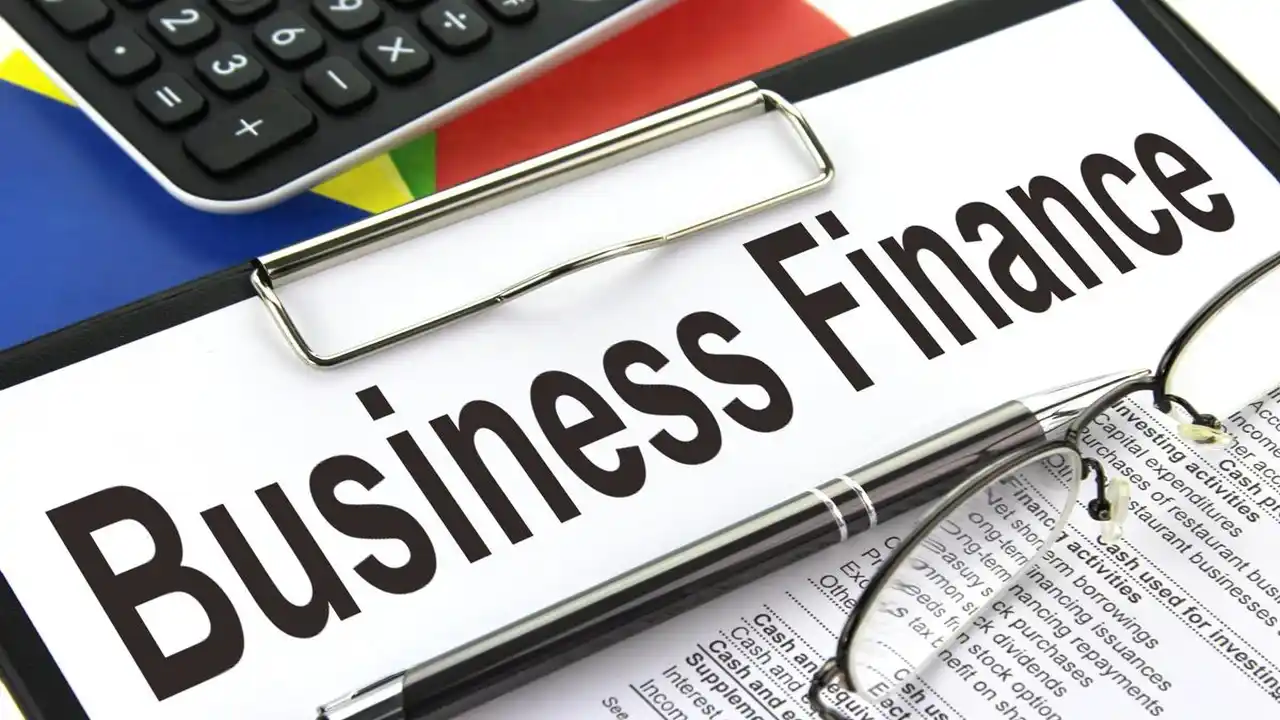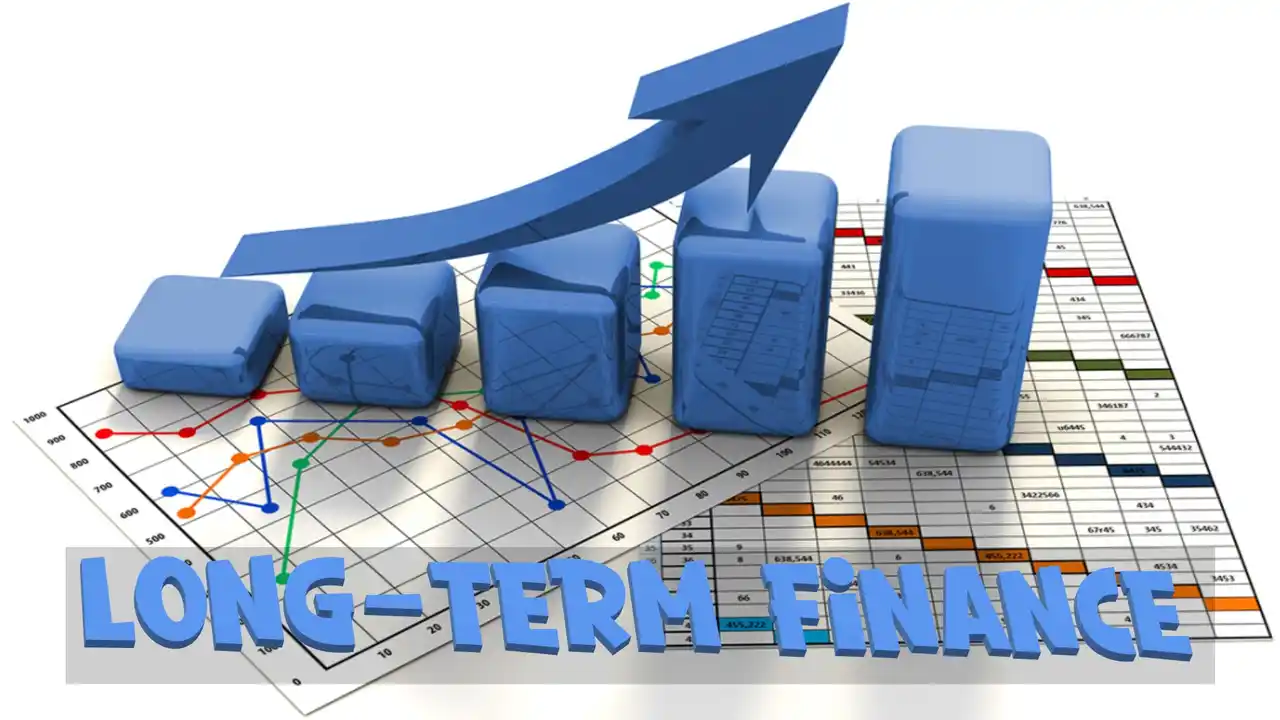Creating a good plan for dealing with financial risks can have a number of benefits. Benefits like these show how analysing financial risk can help a business. The goal of financial risk management is to make financial operations more resilient to bad things that happen. Financial risk management procedures can help a company find investment opportunities that can improve its finances. Firms can get an edge if they can predict market changes and adjust their finances to them, as well as find investment opportunities. This article will go into financial risk management in detail and provide some examples for your convenience.
Financial risk management can help businesses get ready for risks, but it can’t completely get rid of them. Businesses can reduce economic risk with the help of software for managing financial risk. Organizations can use financial risk management technologies to simulate transactions and investments, analyse their exposure to risk, and make custom risk reports. Many different groups use financial research software to organize and analyze market data that will impact future decisions regarding financial risk. For a comprehensive guide to business management, check out this post from our website.
Financial Risk Management Definition
Financial risk management is the process of evaluating and controlling real and possible financial risks so that businesses can run with less risk. To reduce financial losses, you must first recognise the risk, figure out how bad it is, think about all possible ways to deal with it, come up with a plan, and then put it into action using the right procedures and financial tools.
Financial risk management is the practise of minimising the possible bad effects of financial risks, which are also called speculative risks. These are different from more tangible risks, like fire or water, for which people usually buy insurance. Changes in the prices of currencies and raw materials are two examples of financial risks. Traditionally, different derivative-type instruments have been used in hedge strategies to control financial risks. Insurance companies introduced the concept of insuratization, which involves using an insurance product to mitigate a financial risk, only recently. This has helped bring the reinsurance and capital markets closer together in a slow but steady way.
Financial Risk Management Examples
Most people think that buying a company’s stock is a risky thing to do. On the other hand, fixed deposits are thought to be a safer way to invest. Most of the time, financial risk managers work for businesses to lessen the effects of possible disasters.
One way to reduce risk is to make it less likely that mistakes will be made during production, like making things that don’t meet standards. Using a quality management system is a way to reduce the risk of this happening because it makes it less likely. As a result of the new rules, the banking industry may have to deal with some risks. As a safety measure, using a digital solution to handle regulatory responsibilities is an example of minimising risk.
How do you Get Started with Financial Risk Management?
Taking risks isn’t always a bad thing in the business of finance. Some investments give people the chance to take “good” risks. Identifying possible risks requires figuring out how much money an asset could make. Most of the time, individuals determine the extent of risk by evaluating the difference between the actual and expected outcomes and then decide whether or not to take the risk. To lower risk, you must sell some of your assets that are risky and buy ones that are less risky.
If you are willing to take chances, you should decide how many high-risk investments you are comfortable with. When it comes to managing financial risk, a number of things come into play. Still, there are many things that need to be done in the financial world as a whole.
Possible Risks in Financial Risk Management
The goal of financial risk management is to find weaknesses and come up with plans to get rid of or lessen them. What do you want? Set up internal limits to get rid of as many risks as possible.
Operational Risk
In the Basel II framework, operational risk means losses that happen either directly or indirectly because of events, systems, or people inside or outside the bank that don’t work as expected. Covered are security risks, legal worries, fraud, environmental worries, and possible threats to one’s health (major power failures, infrastructure shutdown etc.).
The threat will stay as long as people, systems, and infrastructures are flawed and don’t work well. Still, operational risks can be managed within the limits of what is a reasonable amount of financial risk. To do this, we compare the benefits of each upgrade to the costs that come with it. The primary goal of Financial Risk Management is to minimize the negative impact of financial risks on a company’s financial performance.
Risk in Foriegn Exchange Rates
There are different names for the same thing, which is the risk that comes with changes in currency. A company has to pay a foreign exchange fee when it does business in a currency other than its operating currency, which is usually its home currency. The risk comes from the fact that the exchange rate between the transactional currency and the operating currency could go down.
Economic Risk or Forecast Risk is a type of Foreign Exchange Risk that refers to how much unexpected changes in exchange rates affect the product or market value of an organisation. Companies whose sales depend heavily on international trade or who have expanded into new international markets are especially vulnerable to currency fluctuations.
The Risk of a Credit
Financial Risk Management is a crucial aspect of any business that involves the management of financial risks. When a borrower or customer doesn’t pay on time, this is called credit risk. When figuring out how much Credit Risk comes with borrowed money, you should think about more than just the possibility of losing the principal. Financial experts use Yield Spreads to determine the amount of Credit Risk present in a market.
One easy way to reduce the risk of financial loss due to credit risk is to check the credit history of a potential client or borrower. You can also get insurance, put up collateral, or have someone else guarantee the debt on your behalf. Businesses may require customers to pay in advance or upon delivery of goods. They may also delay lines of credit until they have reduced the Credit Risk associated with unpaid customer invoices.
Risk to One’s Reputation
Reputational risk is the loss of an organization’s social capital, market share, or financial capital because of a reputational injury. Because reputation is an intangible asset, it is impossible to predict or measure how much it will cost. Damage to a company’s reputation due to the lack of corporate trust can hurt its finances. Financial Risk Management involves identifying and analyzing potential financial risks that a company may face.
Criminal investigations into the company or its top executives, ethical violations, a lack of sustainability standards, and problems with product safety or security, customer safety, or employee safety and security are all examples of behaviors that can harm a company’s reputation. As the reach of technology and social media grows, even local problems can quickly become global ones. Consumer boycotts have become more popular as a way to protest. At its worst, Reputational Risk can lead to the demise of a company. Because of this, more and more companies are spending money on managing their reputations.
Frequently Asked Questions
How do Risk and Return Work Together When it Comes to Managing Money?
The possibility of profit or loss grows in direct proportion to the size of the risk taken. The risk-reward tradeoff principle states that low uncertainty (risk) yields low returns. High uncertainty, on the other hand, yields high returns.
Could you Explain what “Default Risk” Means in Terms of Money Management?
Default risk is the chance that a borrower won’t pay their debts when they’re due. Almost every time a loan is made, the risk of default affects both lenders and investors.
How do you define “Quality Risk Management”?
“Quality Risk Management” is the process of identifying, evaluating, and reducing possible risks in pharmaceuticals and medical supplies (QRM). You can make a Quality Risk Management programme that is on par with the best in the world. This will allow you to reduce risk to an acceptable level while still making high-quality products that protect the health of local people.
Conclusion
Identifying and managing risks are important parts of the success of any business or venture. A good risk management strategy combines an organization’s goals, strategic competencies, and tools. It aims to create value, ensure the company stays in business, and facilitates growth. Effective risk management makes it easier for managers to maximise value. It helps improve decision-making and provides a nuanced view of crucial trade-offs in business and investing. We will go over the financial risk management in detail in this article.







